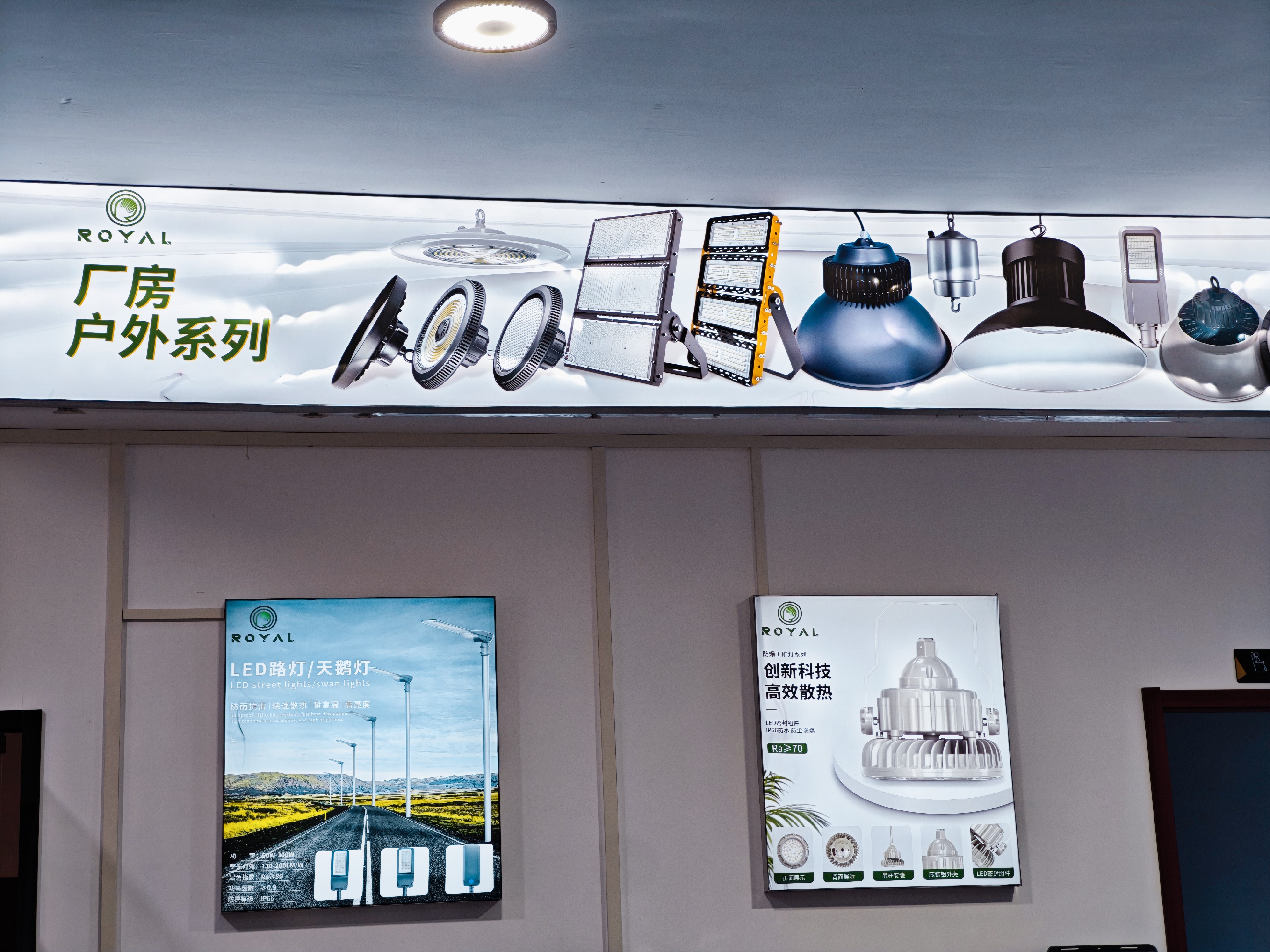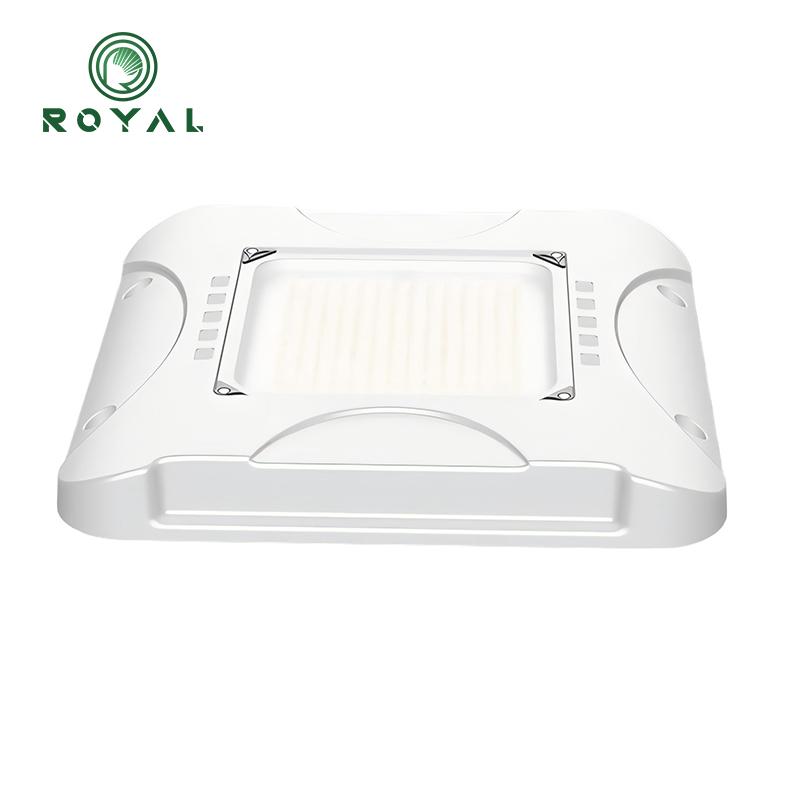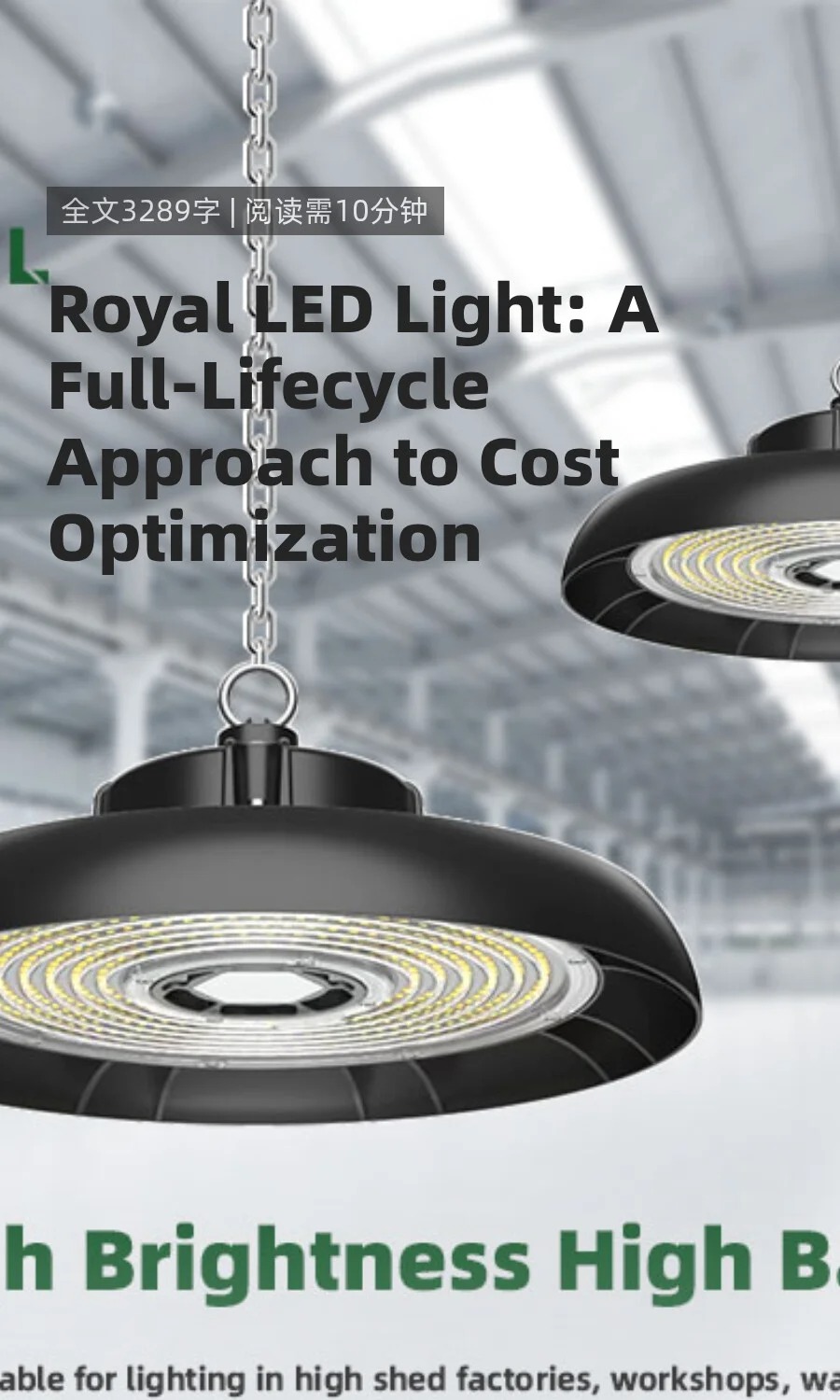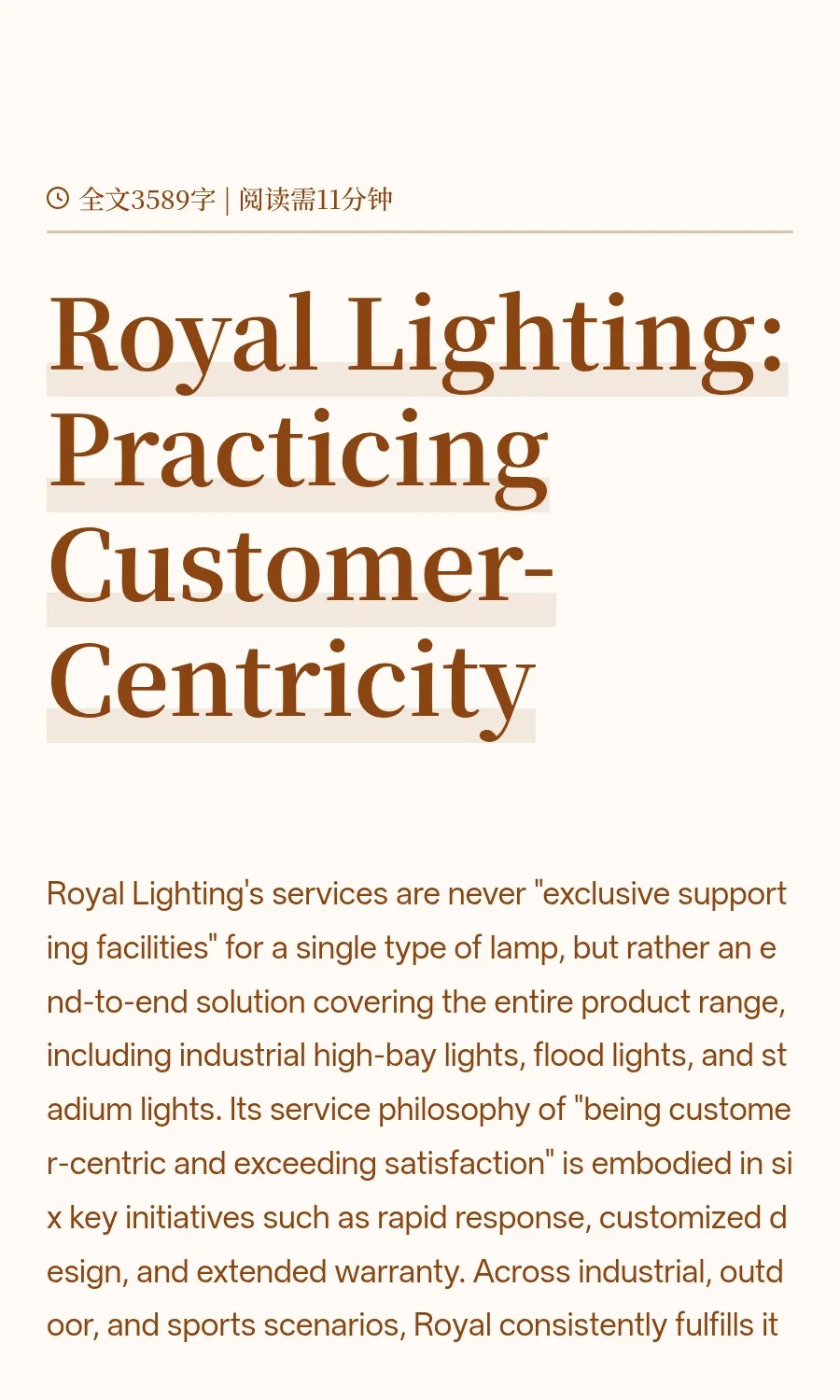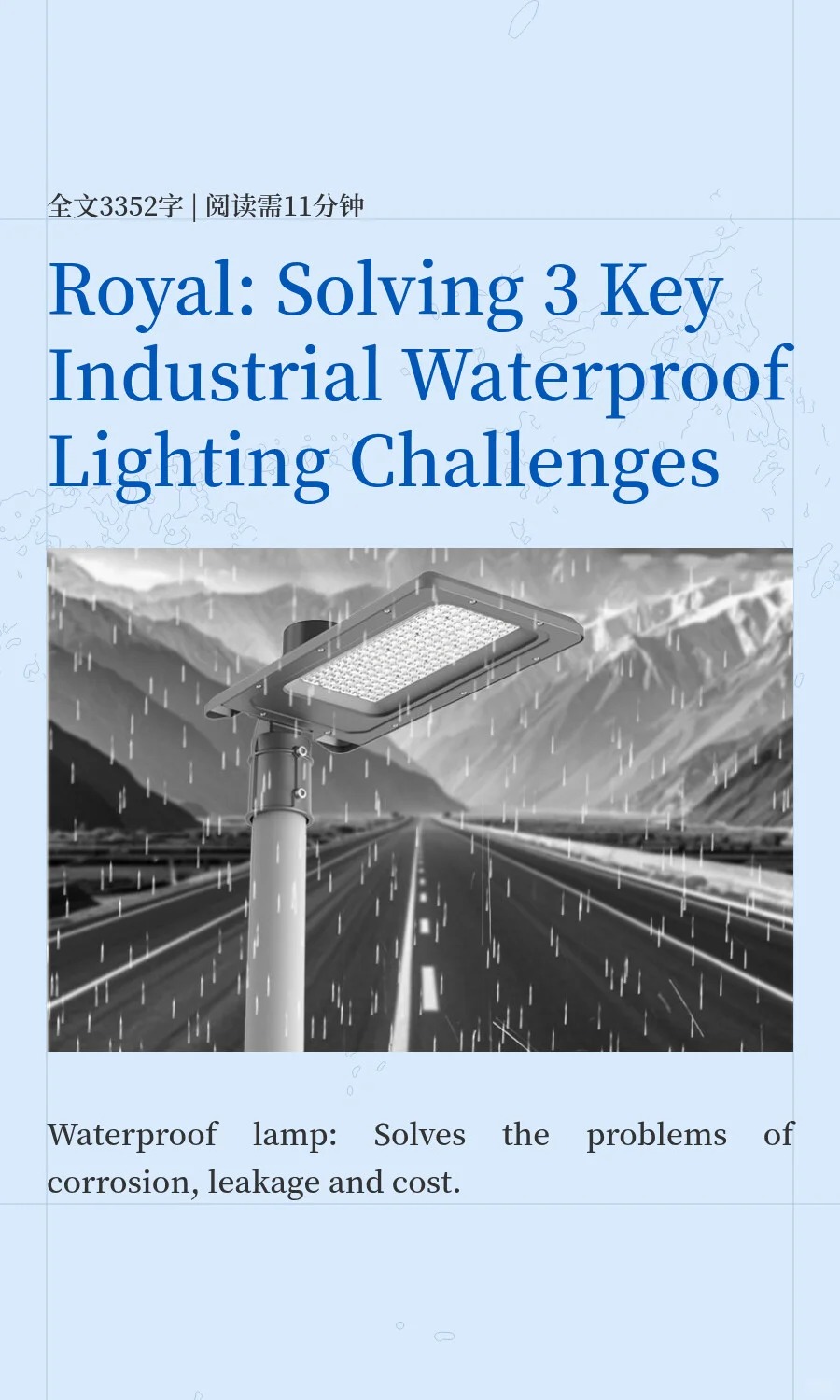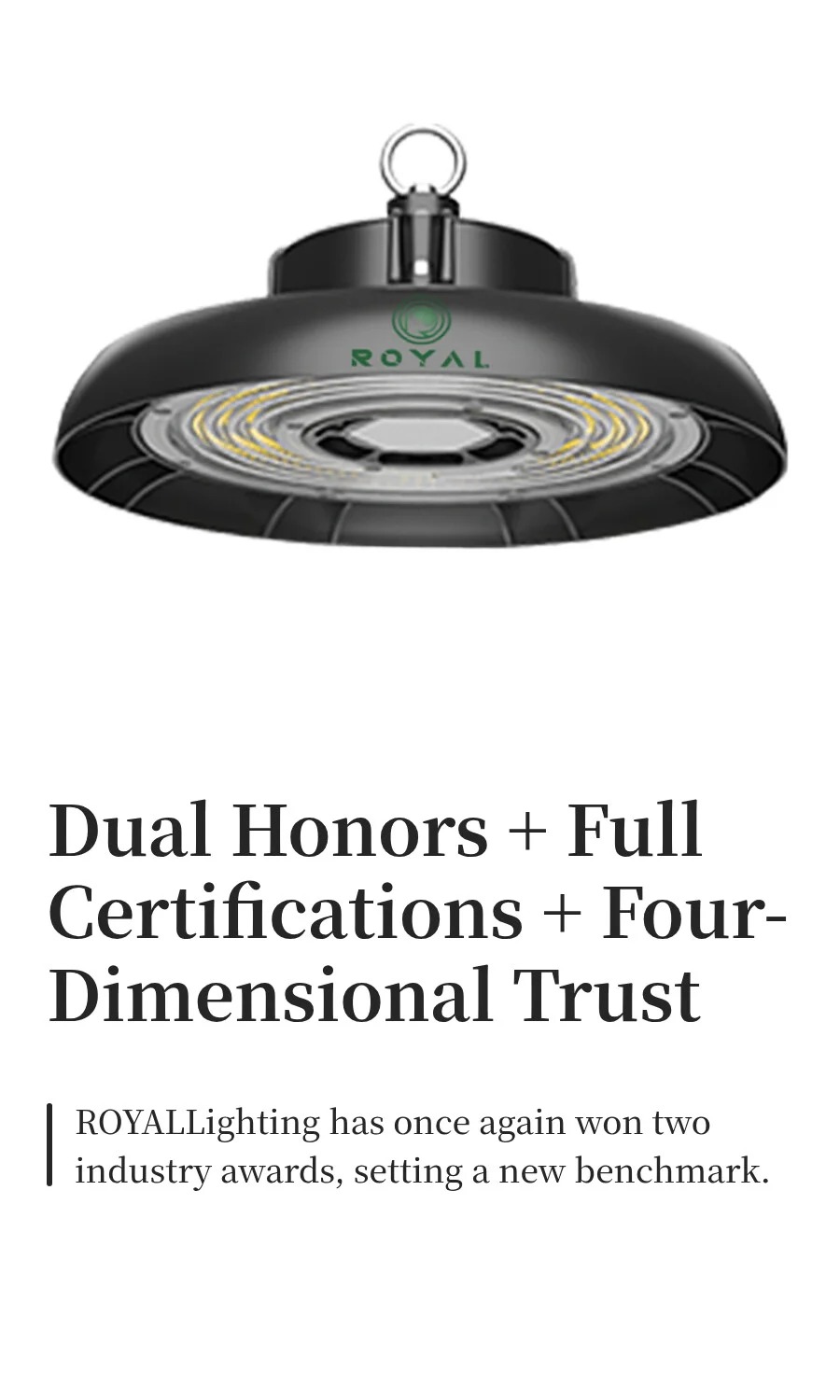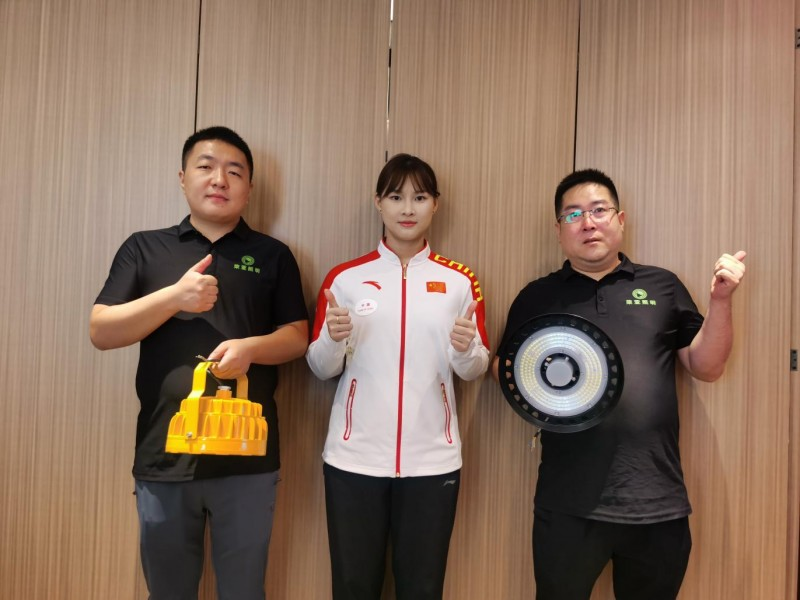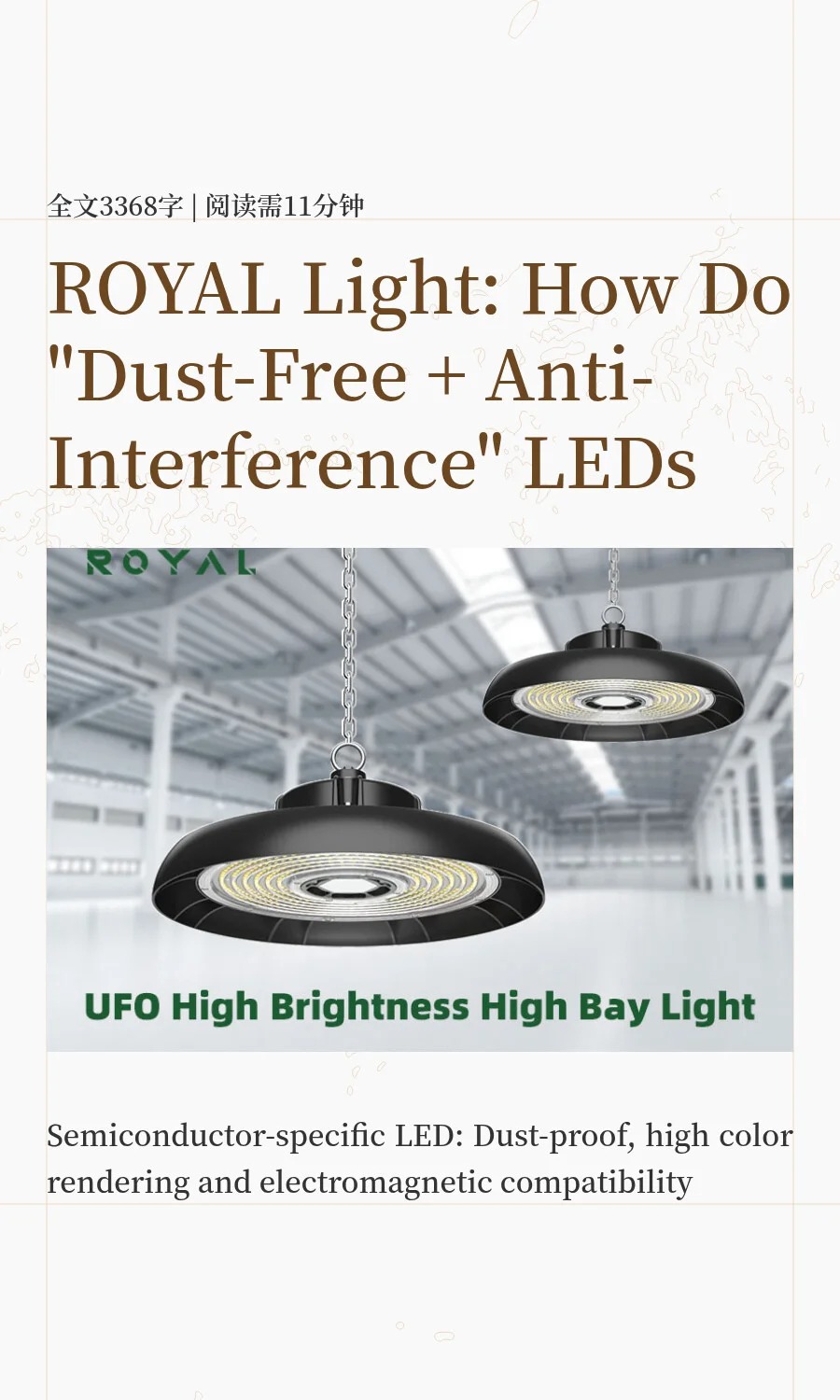In recent years, steel plant production has received increasing attention as the steel industry has flourished. With the expansion of production scale and the complexity of production processes, the demand for lighting in steel plants is also growing. The ironmaking area and steelmaking area have high requirements for lighting brightness, and the illumination needs to reach hundreds of lux (Lx) or more. The rolling area and factory roads pay more attention to the uniformity and stability of illumination, and the illumination requirement is between 100Lx and 200Lx. The lighting system of a steel plant consumes a lot of energy, but the use of intelligent control such as PLC technology can achieve segmented and automatic adjustment to reduce energy consumption. Therefore, the production facilities of a steel plant are not only related to production efficiency and cost control, but also directly affect product quality, energy consumption and environmental protection. It is an indispensable key element in the steel industry.
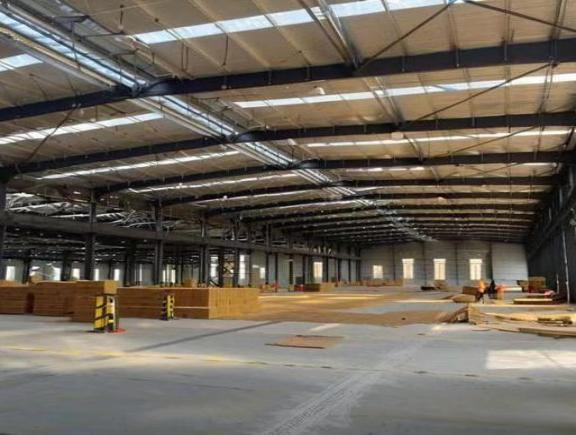
钢铁厂照
The lighting characteristics of steel mills are remarkable, and the first is its strict requirements for lighting equipment. Due to the complex production environment of steel mills, lighting equipment must have explosion-proof, high temperature resistance, waterproof and dustproof characteristics to adapt to harsh conditions such as high temperature, humidity and dust. At the same time, steel mills have extremely high requirements for lighting brightness and illumination uniformity to ensure that workers can clearly identify details when performing precision operations and avoid safety hazards. LED lighting equipment has been widely used in steel mill lighting due to its high brightness, long life, energy saving and environmental protection.
In addition, steel mill lighting also focuses on improving production efficiency and ensuring worker safety. A high-quality lighting environment can not only effectively improve workers' work efficiency, but also reduce the incidence of safety accidents. Through reasonable lighting design, such as using efficient and energy-saving LED lamps and optimizing lighting layout, steel mills can achieve the goal of energy conservation and emission reduction while ensuring production safety. Therefore, steel mill lighting is not only an important auxiliary facility in the production process, but also a key factor in improving production efficiency, ensuring worker safety and achieving sustainable development.
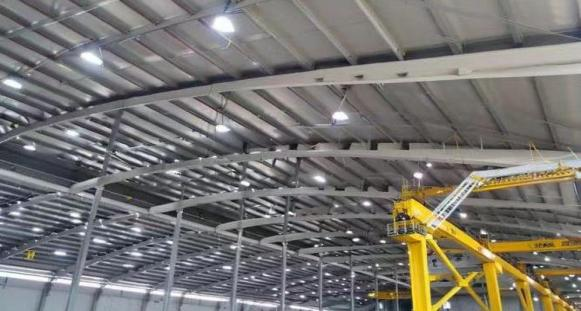
The lighting space of a steel plant consists of several key components, including natural lighting, artificial lighting, intelligent lighting control system, and emergency lighting system.
① Natural lighting. The natural lighting part of the steel plant lighting is mainly designed through large windows and skylights, making full use of natural light for lighting. According to research, a reasonably arranged natural lighting design can make the natural light illumination in the steel plant workshop reach 500-1000lx, effectively reducing 30%-40% of the artificial lighting energy consumption, while creating a bright and comfortable working environment for employees.
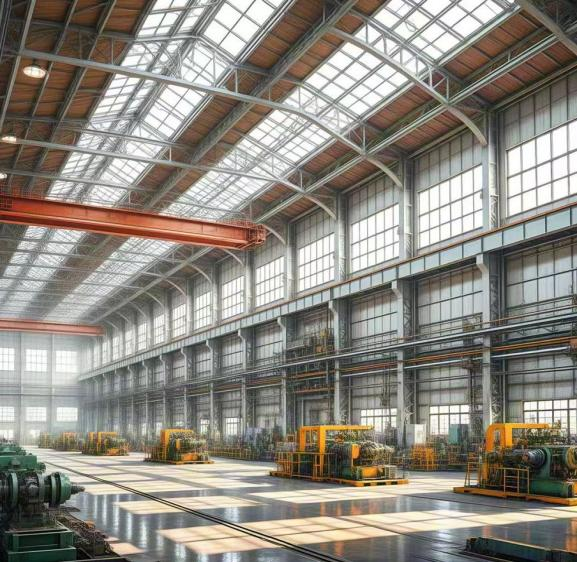
② Artificial lighting. The artificial lighting part of the steel plant lighting is crucial. It usually uses high-efficiency lighting equipment such as LED lamps and arranges them reasonably according to the different needs of the production area to ensure that the lighting brightness meets the specified standards. For example, the illumination in the steelmaking area is generally not less than 300lx, and the illumination in the rolling area must meet 500lx or more. The overall energy consumption is reduced by about 20%-30% compared with traditional lighting methods, which effectively improves the production efficiency and energy utilization rate of the steel plant.
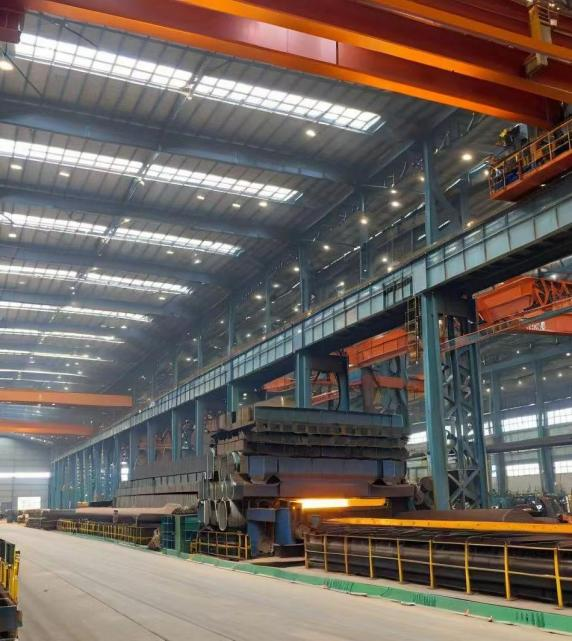
③ Intelligent lighting control system. The intelligent lighting control system of the steel plant lighting realizes the refined management and automatic adjustment of lighting equipment by integrating computer technology, network communication technology and automatic control technology. According to calculations, after adopting this system, the lighting energy consumption of the steel plant can be reduced by more than 30%, while improving the lighting quality and production efficiency, bringing significant energy-saving and economic benefits to the steel plant.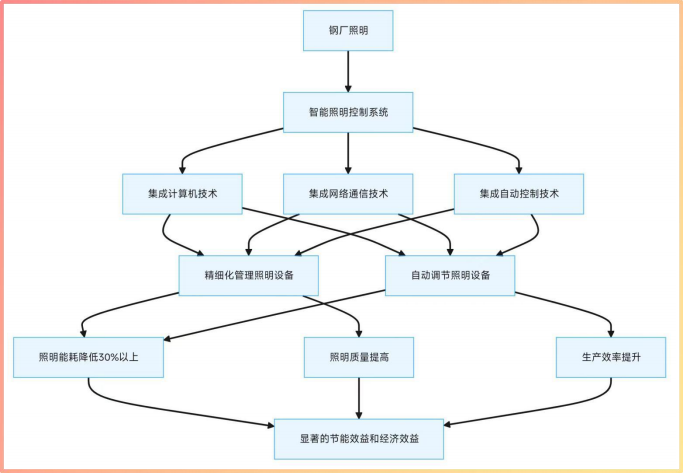
④ Emergency lighting system. The emergency lighting system of the steel plant lighting is also very important. It can start quickly when the main power fails, provide workers with a clear evacuation path and necessary lighting, and ensure the safe evacuation of personnel. According to relevant standards, the illumination of emergency lighting fixtures is generally not less than 10% of the normal lighting illumination, and the emergency lighting system must ensure that it will continue to light for at least 30 minutes after a power outage. In some key areas such as the main control room and the dispatching room, the emergency lighting system must even ensure that it will continue to work for more than 3 hours after a power outage, providing a solid guarantee for the safe production of the steel plant.

Steel mills are divided into raw material processing area, ironmaking area, steelmaking area, rolling area, auxiliary facilities area, etc. in terms of functional type. Corresponding to the diversified design of various regional spaces, the lighting environment is also different. The raw material processing area is usually equipped with high-intensity lighting, with an illumination of more than 500lx; the illumination around the blast furnace and hot blast furnace in the ironmaking area is not less than 300lx; the illumination of key equipment such as converters and electric furnaces in the steelmaking area must reach 500lx to 1000lx; due to the dense equipment and complex process in the rolling area, the illumination is generally not less than 750lx; the lighting of auxiliary facilities areas such as power supply and water treatment is designed according to specific needs.
At present, there are no professional lighting requirements for the lighting subdivision of steel mills. Refer to the latest "Architectural Lighting Design Standard", which gives the standard value requirements for steel mill building lighting, which can be used for reference for steel mill lighting, see Table 1.
表 1、钢铁厂照明规范标准值
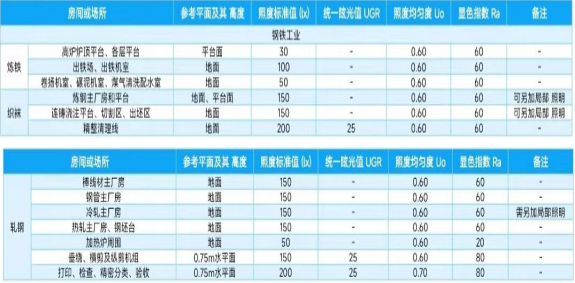
Simplified scene design
Many designers often fall into the "vicious circle" of over-technicalization, that is, they should not ignore the lighting needs and experience in the actual production environment simply to show the complexity of technology. The design of intelligent lighting control strategy in steel plants should be wary of over-technicalization and should focus on actual lighting needs and employee operation experience. The design should be simple. It is recommended that each lighting scene control action should not exceed five to reduce conditional triggers to ensure the stability and reliability of lighting control and reduce failure rate and operation and maintenance costs.
In the intelligent lighting control of steel plants, actual needs should be the guide. For example, the steelmaking area can automatically adjust the lighting brightness and color temperature according to the working status of the steelmaking furnace, and automatically adjust according to the intensity of natural light.
Common products for intelligent lighting control in steel plants include sensors (light sensors, human body sensors, temperature and humidity sensors, etc.), controllers and actuators (intelligent lighting controllers, dimming modules, power managers, explosion-proof distribution boxes, etc.), lighting equipment (LED smart lamps, explosion-proof lamps, etc.) and network communication and intelligent management equipment (network communication equipment, intelligent management systems, etc.).
Lighting brightness. Such a design not only meets production needs, but also simplifies control complexity, improves employee operating experience, and achieves stability, reliability, and ease of use of lighting control.
The control method is usually composed of three parts: distributed control system, programmable logic controller, and human-machine interface.
The intelligent lighting control strategy of steel plants relies on distributed control system, programmable logic controller, and human-machine interface. Sensors sense environmental information in the factory, such as light, temperature, and humidity; controllers receive data and make logical judgments, and issue control instructions; actuators adjust light brightness, color temperature, etc. according to instructions. The three work together to achieve accurate and efficient lighting control, improve production efficiency, reduce energy consumption, and create a comfortable and energy-saving production environment.

